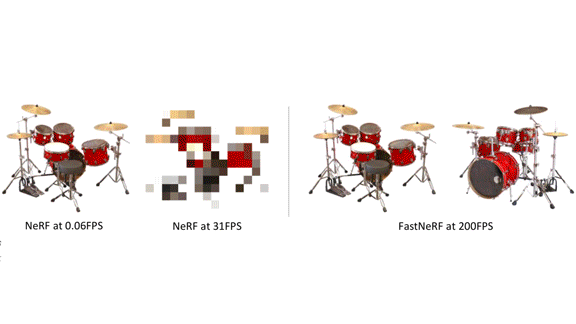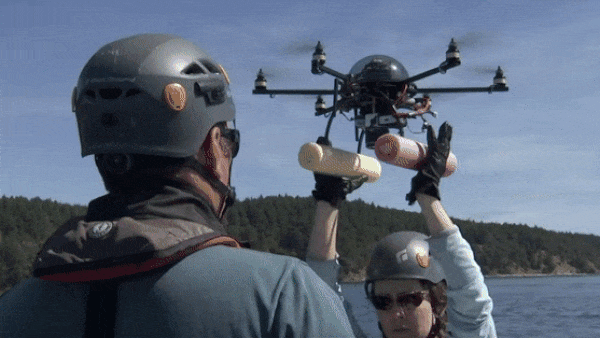Dear friends,
I decided last weekend not to use a learning algorithm. Sometimes, a non-machine learning method works best.
I got as far as wiring up the system. Then I found a refrigerator-door alert widget that does the same job by sensing when a magnet is separated from a detector.
It goes to show that sometimes you don’t need a big neural network to do the job. (But when you do need one, it’s handy.) That’s why it’s nice to have a portfolio of techniques. Then we can better pick the right one for a given job.
Keep learning! Andrew
News
Medical AI Gets a GripSurgical robots perform millions of delicate operations annually under human control. Now they’re getting ready to operate on their own. What’s new: Researchers at UC Berkeley, UC San Francisco, and SRI International trained a machine learning system to pilot a da Vinci two-armed surgical robot through a task that tested its dexterity, precision, and speed, The New York Times reported. How it works: The system learned via imitation learning to lift tiny plastic rings off a pegboard, pass them from one claw to the other, and slide them onto different pegs. The task is a exercise for surgeons learning to perform laparoscopic procedures, in which a camera and other specialized instruments are inserted into the patient’s body through a small incision.
Behind the news: AI already assists physicians in a few small but important procedures. For instance, a robotic tool from the Dutch company Microsure, which helps suture tiny incisions on blood vessels, uses AI to stabilize shaking in the operator’s hands. Why it matters: This is a nice example of an algorithm that handles concept drift in robotic control. A lot of work in model-based reinforcement learning assumes a fixed model. But just as the dynamics of a human arm change as the arm tires — and a surgeon must adapt to control that tiring arm — we want learning algorithms to adapt to gradual changes in the robot’s dynamics. We’re thinking: We’re looking to AI systems that help optimize nutrition, exercise, and sleep to help steer us clear of AI systems that wield a scalpel!
Crosswords Go the Way of GoA hybrid of deep learning and symbolic AI took the prize at a major puzzle competition. What’s new: A system called Dr. Fill outscored nearly 1,300 human contestants at April’s annual American Crossword Puzzle Tournament, Slate reported. How it works: Oregon polymath Matt Ginsberg debuted a logic-based system at the tournament in 2012, taking 11th place. This year, Ginsberg paired his model with a neural crossword solver developed by at UC Berkeley.
Behind the news: Founded in 1978, the American Crossword Puzzle Tournament requires competitors to complete eight puzzles in two days. The three fastest and most accurate competitors face off on a final puzzle to vie for the $3,000 grand prize. Why it matters: Neural networks and symbolic systems are often seen as competing approaches. Together, they can help solve previously elusive problems. We’re thinking: What’s a 12-letter catchphrase that describes a persistent attitude toward gaining knowledge and skills?
A MESSAGE FROM DEEPLEARNING.AI
The first two courses in our Machine Learning Engineering for Production (MLOps) Specialization are live on Coursera! Enroll now
Virtual Reality in Real TimeIdeally, real-time 3D applications such as virtual and augmented reality transition smoothly between different viewpoints of a scene — but generating a fresh perspective can take time. New research speeds the process. What’s new: Stephan Garbin and colleagues at Microsoft developed FastNeRF, a system that accelerates the photorealistic 3D rendering method known as Neural Radiance Fields (NeRF) to visualize scenes from any angle at a brisk 200 frames per second. Key insight: To visualize one frame of a 3D scene, you need to know the position of a virtual camera and the directions of a set of virtual light rays that extend from the camera through each pixel in the frame. (The objects behind the pixels have a basic color that may be modified by lights, shadows, occlusion, and transparency.) NeRF computes a pixel’s color by combining the color/transparency of all points that lie along the associated ray, which requires hundreds of neural network inferences — tough to pull off in real time. FastNeRF manages the computational burden through a two-part workaround. First, rather than calculating on the fly, it pre-computes and stores information about all possible rays and points along them. Second, to avoid having to store every possible combination of ray and point (1,0243 * 1,0242 values, assuming 1,024 samples per spatial dimension), it stores each point’s basic color and transparency based on its position, and the shift in its color due to a ray’s direction (1,0243 + 1,0242 values). How it works: FastNeRF uses two vanilla neural networks to compute information based on a point’s position (the position network) and a ray’s direction (direction network). The authors trained the system on Synthetic NeRF, which contains 360-degree views of real-world objects like model ships and LEGO constructions, and frontal views of objects in Local Light Field Fusion.
Results: Running on a high-end consumer graphs board, FastNeRF performed over 3,000 times faster than NeRF. For example, it rendered a scene of a LEGO tractor in 0.0056 seconds versus NeRF’s 17.46 seconds. Despite its speed, on Synthetic NeRF, FastNeRF achieved 29.97dB peak signal-to-noise ratio, which gauges how well a generated image reproduces the original (higher is better), versus NeRF’s 29.54dB. Why it matters: The authors reduced an unmanageable quantity of high-dimensional data to a practical size by dividing the information based on point position and ray direction between two models. A similar approach could be useful in applications that require optimization over many input parameters, such as drug discovery and weather modeling. We’re thinking: Augmented and virtual reality promise to bring powerful new approaches in education, entertainment, and industry — if we can make them cheap, easy, and fast enough. Deep learning is helping us get there.
Algorithms for OrcasA combination of computer vision and drones could help restore dwindling killer whale populations. What’s new: Researchers at Oregon State University and conservation groups SR3 and Vulcan developed a system that assesses the health of orcas, Geekwire reported. How it works: The researchers fly drones off the coast of British Columbia and Washington State to capture video of orcas as they swim near the water’s surface. Four machine learning models collectively called Aquatic Mammal Photogrammetry Tool analyze the imagery.
Behind the news: Conservationists are getting help from machine learning across the animal kingdom.
Why it matters: With detailed information about the health of individual creatures, conservationists can respond more quickly when they’re in trouble. The developers plan to open-source their work so it can be adapted to other populations of orcas and possibly other species of aquatic mammals. We’re thinking: The Pacific Northwest orca population has shrunk to 75 individuals, the lowest number in 30 years. We hope for a rebound.
Work With Andrew Ng
Assessment Program Manager (Remote): Workera is looking for an assessment program manager to lead the assessment developers. You will be responsible for test development from item writing and item pool review to adherence to timelines. Apply here
Company Builder (U.S.): AI Fund is looking for a senior associate or principal-level candidate to join our investment team to help us build and incubate ideas that are generated internally. This position will work closely with Andrew on a variety of AI problems. Strong business acumen and market research capabilities are more important than technical background. Apply here
Machine Learning Instructor (U.S.): FourthBrain is looking for a machine learning instructor to work closely with the curriculum development director to manage students in a part-time training program. Apply here
Subscribe and view previous issues here.
Thoughts, suggestions, feedback? Please send to thebatch@deeplearning.ai. Avoid our newsletter ending up in your spam folder by adding our email address to your contacts list.
|

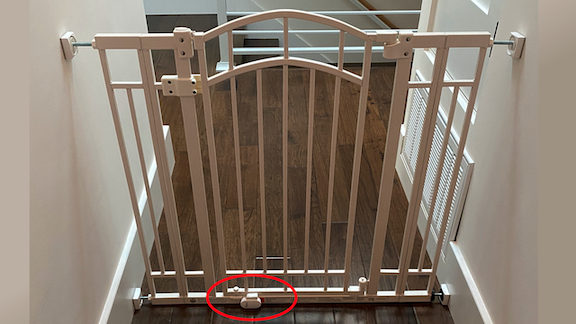
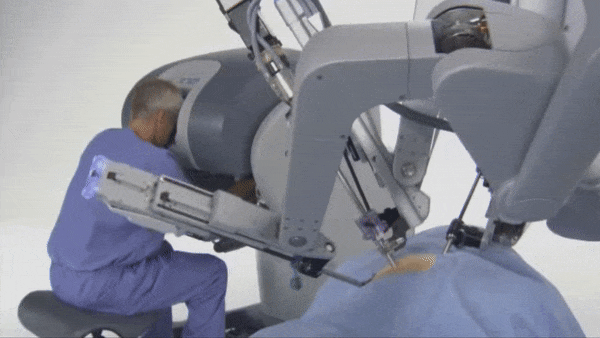
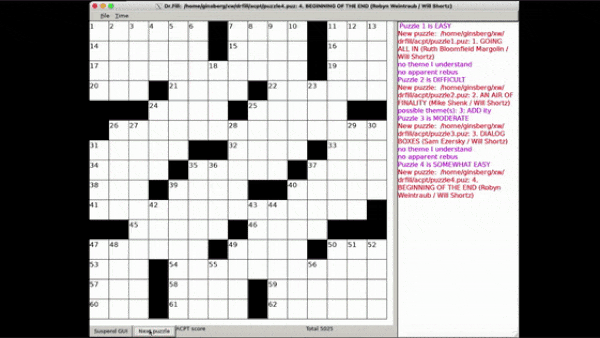
.png?upscale=true&width=1200&upscale=true&name=The%20Batch%20Image%201%20(1).png)
